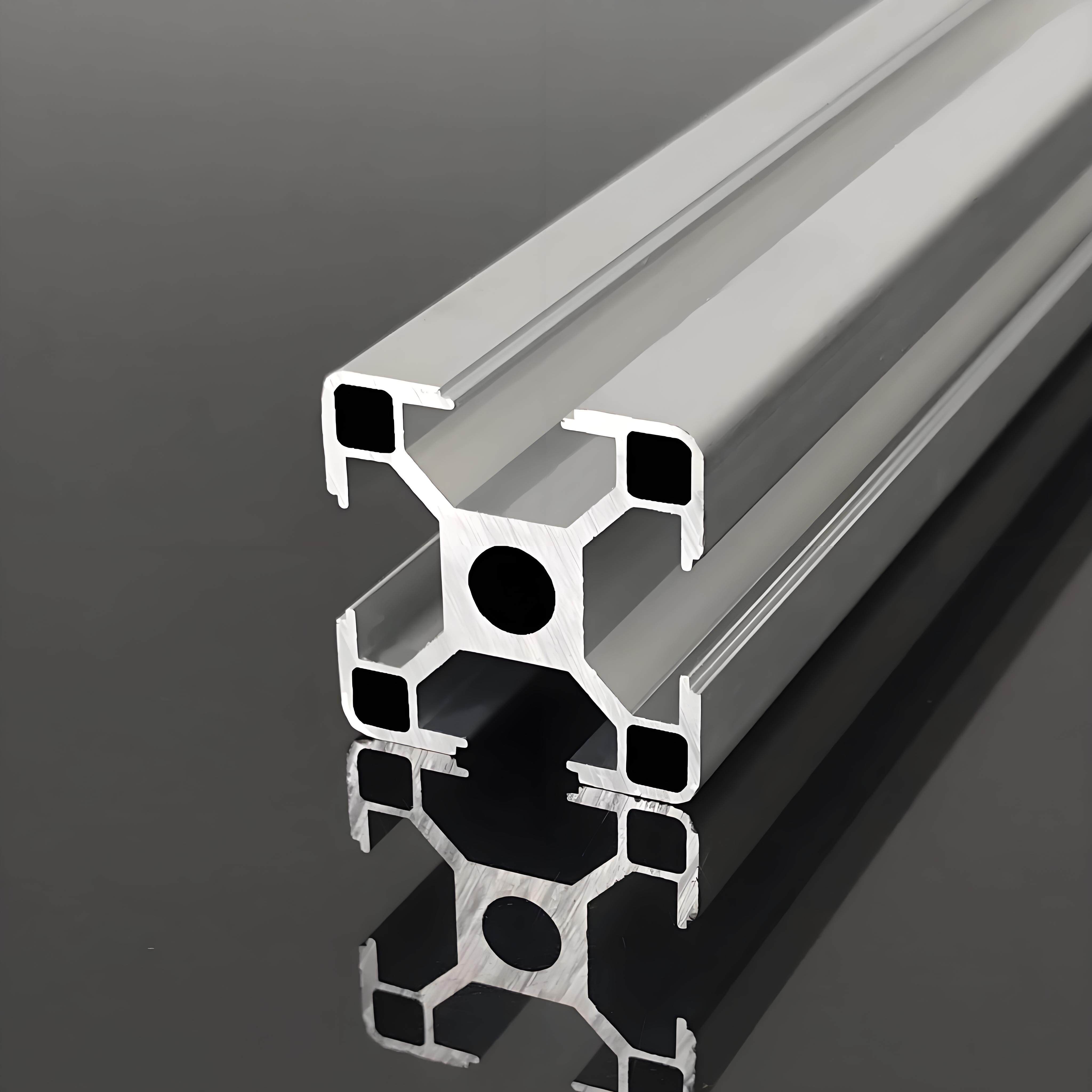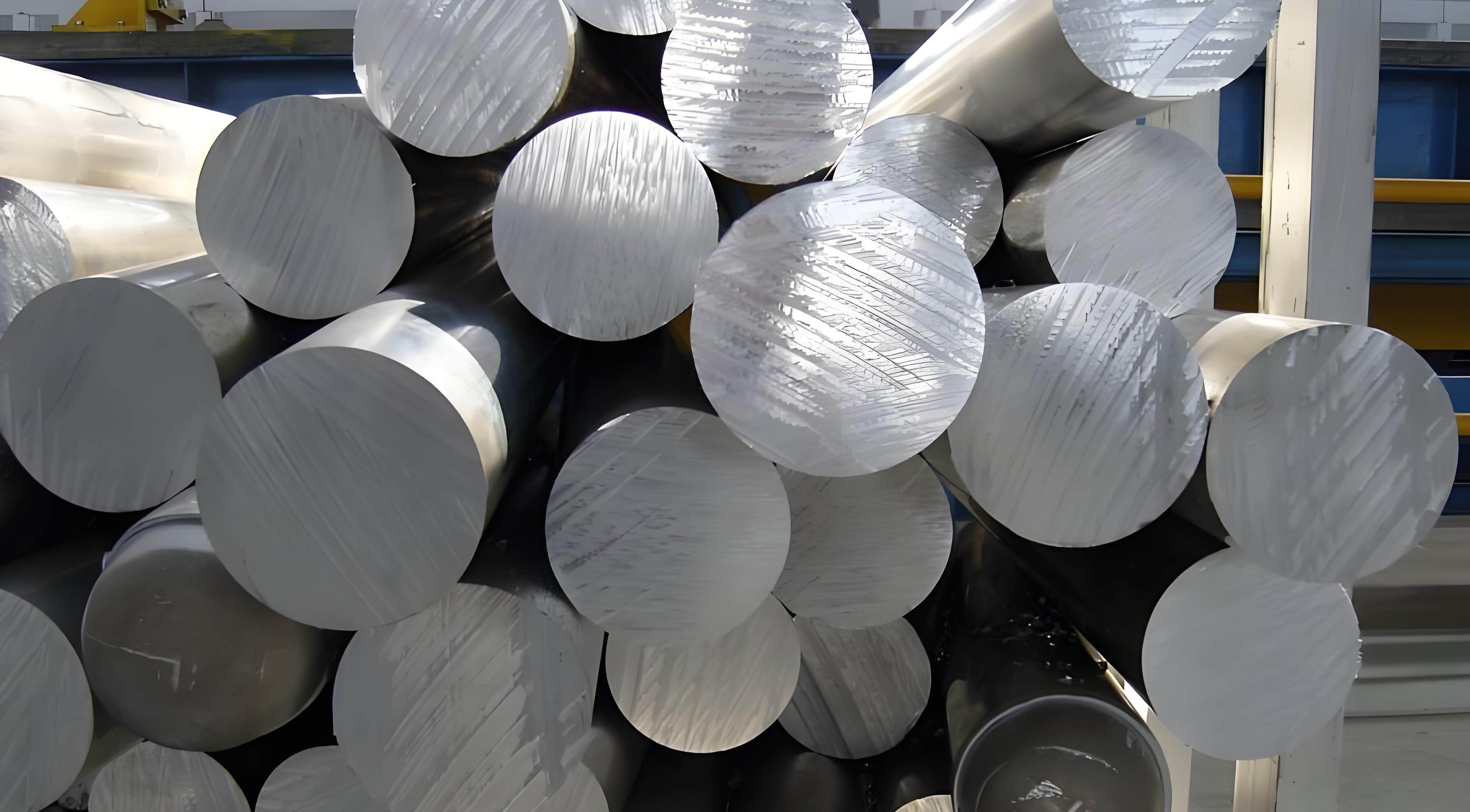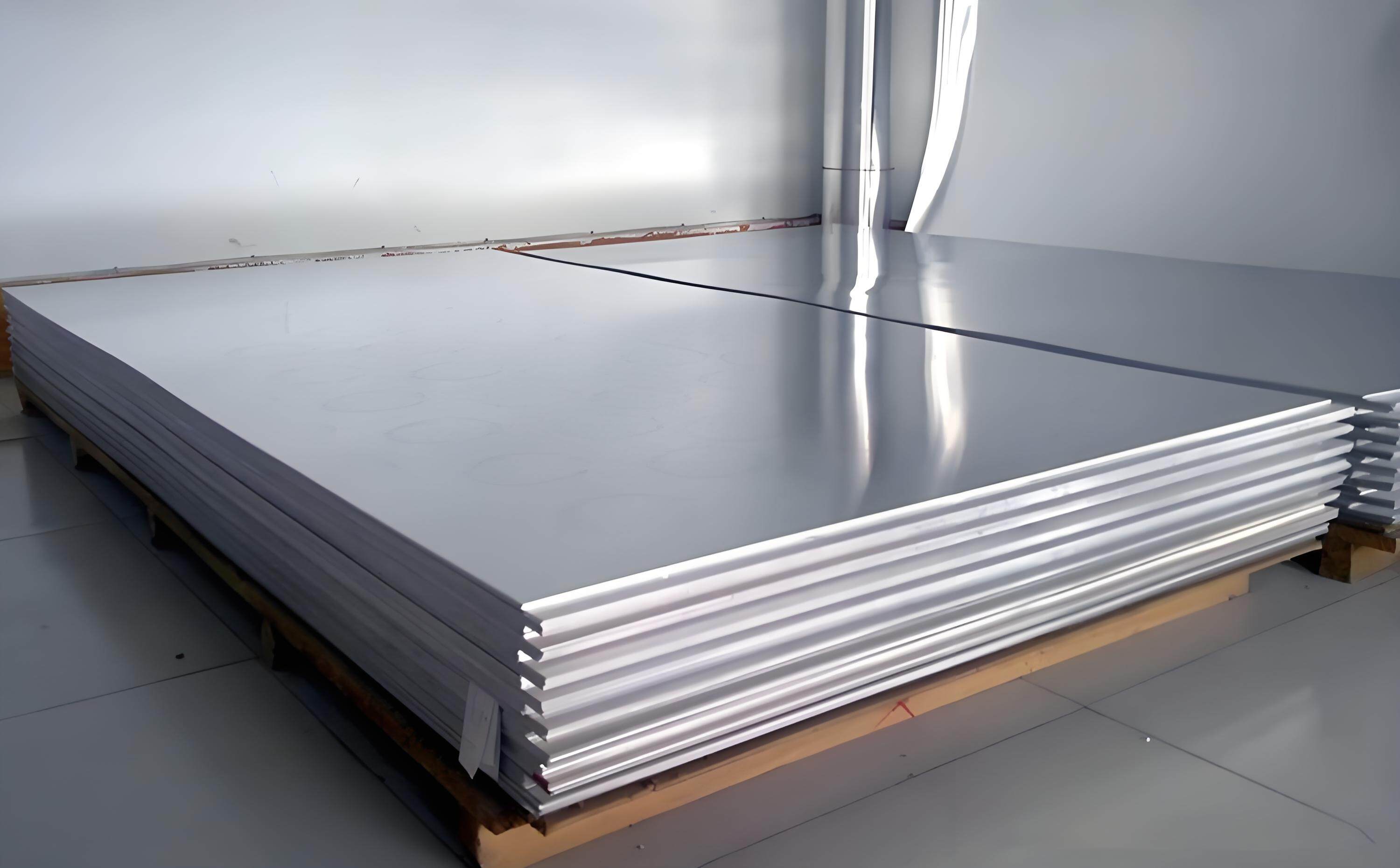Erreur de format d'e-mail
emailCannotEmpty
emailDoesExist
pwdLetterLimtTip
inconsistentPwd
pwdLetterLimtTip
inconsistentPwd


A Comprehensive Guide to Aluminum 6065, 6005, and More: Exploring Differences and Applications
Aluminum alloy material is a versatile and widely used substance across various industries, known for its lightweight, high strength, and excellent corrosion resistance. These properties make aluminum alloys ideal for applications in fields such as aerospace, automotive, construction, and electronics. In this article, we will explore the properties of different aluminum alloys, comparing aluminum 6065 vs 6005, and address some common questions about aluminum or aluminium as well as the term alumini.
What is Aluminum Alloy Material?
Aluminum alloy is a mixture of aluminum with other elements such as magnesium, silicon, and copper to improve its strength, corrosion resistance, and machinability. There are many types of aluminum alloys, each designed for specific applications, making it essential to choose the right alloy for your project.
Below is a comparison of several common aluminum alloys, highlighting their composition and key properties:
Alloy |
Aluminum (Al) |
Magnesium (Mg) |
Silicon (Si) |
Copper (Cu) |
Strength (MPa) |
Uses |
| 6061 | 97.9% | 1.0% | 0.6% | 0.28% | 310-350 | Aerospace, automotive, bicycles, and shipbuilding |
| 6065 | 97.9% | 0.8% | 0.75% | 0.3% | 295-345 | Structural components, building frameworks |
| 6005 | 98.2% | 0.6% | 0.7% | 0.10% | 300-500 | Railings, ladders, complex extrusion profiles |
| 7075 | 87.1% | 2.5% | 0.4% | 1.6% | 540-560 | Aerospace, racing parts, high-strength components |
| 2024 | 90.7% | 1.5% | 0.5% | 4.4% | 450-490 |
Aircraft structural parts, precision components |
This table compares the most common elements in the alloys, including aluminum, magnesium, silicon, and copper, as well as their typical strength and applications. These differences in composition contribute to the alloy’s performance, making certain alloys better suited for specific tasks.
Aluminum 6065 vs 6005: What’s the Difference?
One of the most frequently asked questions is about the differences between aluminum 6065 vs 6005. While both are aluminum alloys in the 6000 series, they offer distinct characteristics suitable for different applications.

- Aluminum 6065: This alloy is known for its excellent strength-to-weight ratio, making it ideal for structural applications. It offers good corrosion resistance and is often used in the construction of bridges, building structures, and frames.

- Aluminum 6005: This alloy is also widely used in structural applications but offers slightly higher strength than 6065. Its excellent extrusion characteristics make it suitable for complex shapes and profiles, which is why it's often used in railings, ladders, and other products where formability is important.
While both 6065 and 6005 provide excellent performance in structural applications, the key difference lies in their strength and ease of extrusion. Choosing between the two depends on the specific needs of your project, such as whether you require a more intricate design or higher strength.
Aluminum or Aluminium: Is There a Difference?
Another common question involves the usage of the terms aluminum and aluminium. Many people wonder if these are two different materials or simply variations in spelling.
- Aluminum: The term "aluminum" is predominantly used in the United States and Canada.
- Aluminium: In British English, the word is spelled "aluminium." Both refer to the same element on the periodic table, with the symbol Al, but the spelling difference arises from historical naming conventions.
Despite the difference in spelling, aluminum or aluminium is the same versatile metal used across the world for everything from beverage cans to aerospace components.
What is Alumini?
Sometimes, you might come across the word alumini, which can be a misspelling or misinterpretation of "aluminium" or "aluminum." It's crucial to ensure the correct spelling when searching for aluminum alloy materials to get accurate information relevant to your needs.
Conclusion
Understanding the properties of different aluminum alloy materials is key to choosing the right one for your project. Whether you're comparing aluminum 6065 vs 6005 for structural applications or clarifying the difference between aluminum or aluminium, the versatility and reliability of aluminum alloys make them essential materials in numerous industries. By selecting the right alloy and ensuring you use the correct terminology, you can optimize both the performance and efficiency of your projects involving aluminum alloys.
